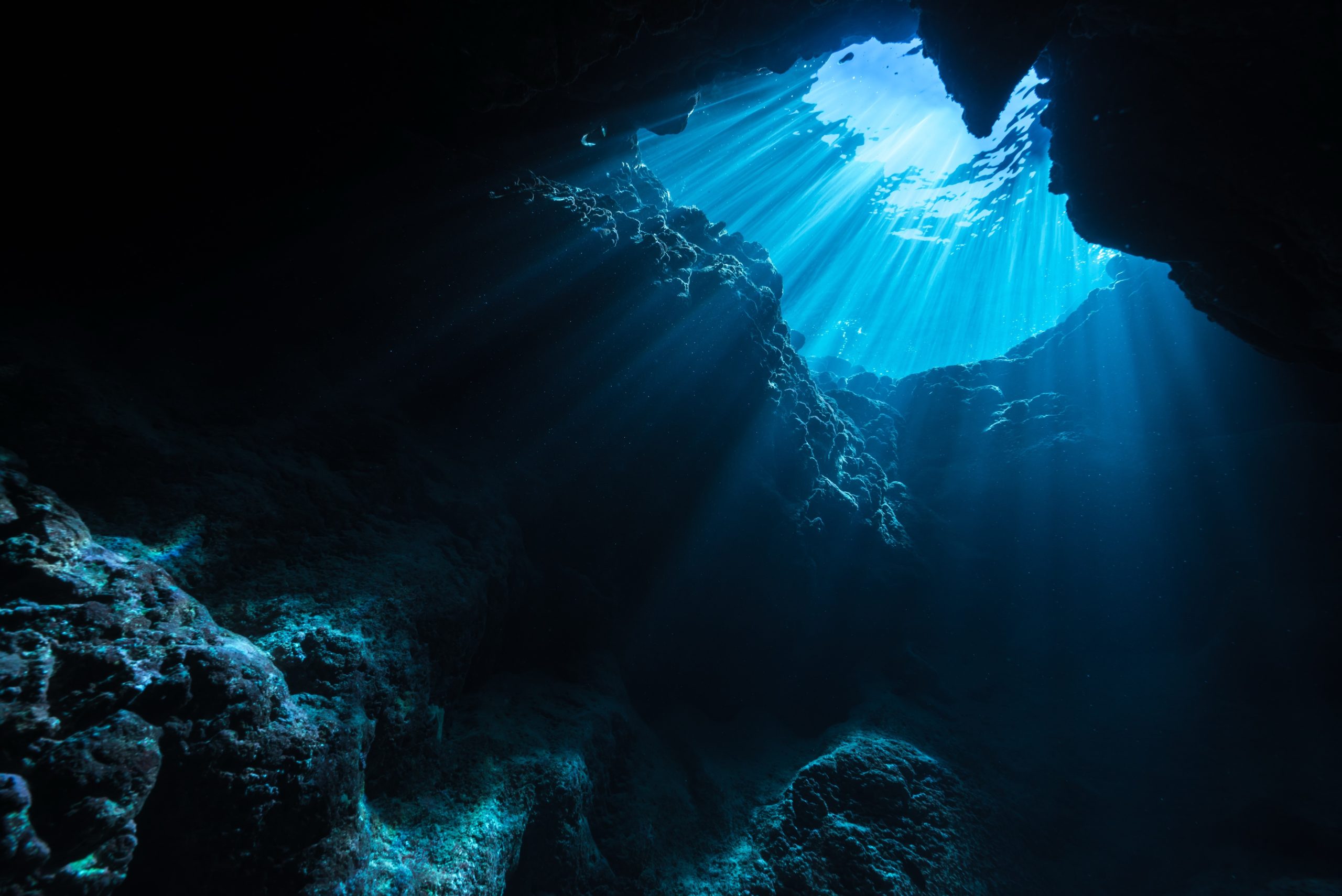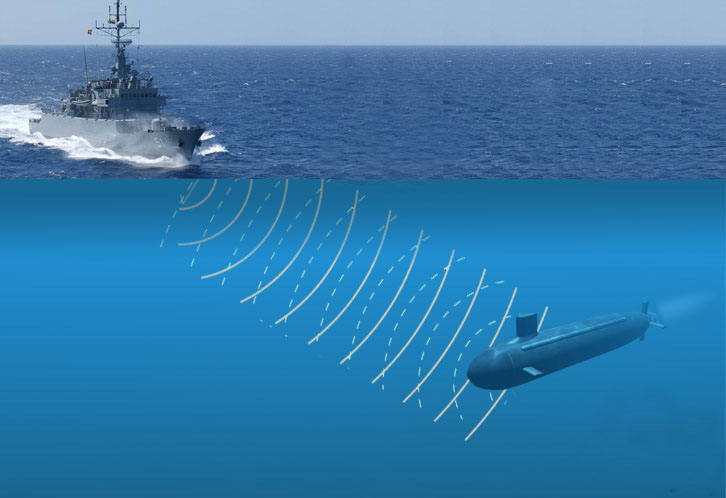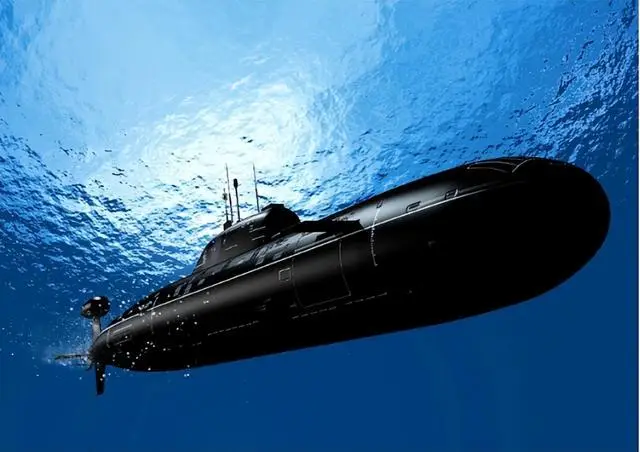Beneath the Mediterranean Sea lies Heracleion, an ancient Egyptian city that vanished for over 1,200 years before its rediscovery in 2000.
The story of Heracleion reads like something from a fantasy novel—a thriving metropolis that simply disappeared beneath the waves, taking with it centuries of history, culture, and untold secrets. For more than a millennium, this legendary city existed only in the writings of ancient historians, leaving scholars to wonder whether it had ever truly existed at all. Today, thanks to groundbreaking underwater archaeology, we can finally explore the magnificent remains of this lost civilization and piece together the fascinating story of its rise and mysterious fall.
🏛️ The Legendary Port That Time Forgot
Heracleion, also known by its Egyptian name Thonis, once stood as Egypt’s most important port city during the Late Period of ancient Egyptian civilization. Located approximately 32 kilometers northeast of Alexandria in Aboukir Bay, this magnificent city served as the obligatory port of entry to Egypt for all ships arriving from the Greek world. Before Alexandria rose to prominence under Alexander the Great, Heracleion commanded the mouth of the Canopic branch of the Nile, controlling virtually all Mediterranean trade entering Egypt.
Ancient texts described Heracleion as a place of immense wealth and religious significance. The Greek historian Herodotus wrote about the city’s grand temple dedicated to Heracles, from which the city derived its Greek name. Egyptian sources referred to the same location as Thonis, after the god Thonis who controlled the entrance to Egypt. This dual identity reflects the city’s unique position as a cultural crossroads where Egyptian and Greek civilizations merged in commerce, religion, and daily life.
The Vanishing Act: How an Entire City Disappeared
Sometime between the 6th and 8th centuries CE, catastrophe struck Heracleion. The exact sequence of events remains debated among scholars, but geological evidence points to a combination of factors that proved devastating for the ancient port city. The ground beneath Heracleion was composed of water-saturated clay and sand, making the foundation inherently unstable—a geological time bomb waiting to be triggered.
Several theories attempt to explain the city’s submersion:
- Soil liquefaction: Earthquakes could have caused the saturated sediment beneath the city to behave like liquid, causing buildings and monuments to sink rapidly into the ground.
- Gradual subsidence: The weight of massive stone buildings and monuments may have caused the land to slowly sink over centuries.
- Rising sea levels: Natural changes in Mediterranean sea levels during the first millennium CE contributed to coastal flooding.
- Tidal waves: Seismic activity in the region could have generated tsunamis that overwhelmed the low-lying coastal city.
- Nile flooding: Changes in the Nile’s course and catastrophic floods may have destabilized the delta region where Heracleion stood.
Most likely, Heracleion’s demise resulted from a perfect storm of these factors occurring over time, with one or more catastrophic events delivering the final blow. The city that had stood for centuries as Egypt’s gateway to the Mediterranean slowly sank beneath the waves, carrying its treasures, temples, and secrets down into the murky depths.
🔍 Franck Goddio and the Hunt for a Lost Civilization
For over a thousand years, Heracleion existed only in ancient texts and scholarly speculation. Many archaeologists doubted whether the city described in classical sources had ever truly existed, or whether it might have been confused with other Egyptian ports. That all changed in 2000 when French underwater archaeologist Franck Goddio and his team from the European Institute for Underwater Archaeology made one of the most significant archaeological discoveries of the 21st century.
Goddio had spent years searching the waters of Aboukir Bay using sophisticated technology including side-scan sonar, sub-bottom profilers, and magnetometers. His systematic survey finally revealed anomalies on the seafloor that suggested human structures. When divers investigated, they found themselves swimming through the remains of an ancient city—complete with colossal statues, temple foundations, harbor installations, and countless artifacts.
The discovery vindicated ancient historians and exceeded even the most optimistic expectations. Here, lying under approximately 10 meters of water and buried beneath sand and silt, was conclusive proof of Heracleion’s existence. The underwater preservation had created a time capsule, protecting the city from the looting and destruction that had befallen many land-based archaeological sites.
Treasures Emerging from the Deep
The excavation of Heracleion has yielded an extraordinary collection of artifacts that illuminate life in this ancient port city. Among the most spectacular discoveries are colossal statues that once adorned the city’s temples. A massive 5.4-meter statue of the god Hapi, Egyptian god of the Nile’s annual flood, was recovered in remarkably good condition. Other monumental sculptures include representations of pharaohs, gods, and sphinxes that demonstrate the artistic sophistication of Heracleion’s craftsmen.
Perhaps even more valuable for understanding daily life in the city are the thousands of smaller objects recovered from the seafloor. Gold coins, jewelry, pottery, bronze vessels, and religious offerings paint a vivid picture of a cosmopolitan trading center. Inscriptions in both Greek and Egyptian hieroglyphics confirm the city’s role as a multicultural hub where different civilizations interacted and influenced each other.
The Temple Complex: Religious Heart of the City
One of the most significant discoveries has been the remains of the great temple of Amun-Gereb, the supreme god of Egypt. This massive structure served as the religious center of Heracleion and controlled significant wealth and power. Archaeological evidence suggests that ships arriving at the port had to pay taxes and duties at this temple, making it both a religious and administrative center.
Within and around the temple complex, archaeologists have found votive offerings, ceremonial barques (boats), and evidence of religious festivals. Particularly intriguing are discoveries related to the “Mysteries of Osiris,” religious ceremonies that were celebrated in Heracleion and drew pilgrims from throughout Egypt and the Mediterranean world. Stone tablets and inscribed stelae provide detailed information about these rituals, offering unprecedented insights into ancient Egyptian religious practices.
⚓ The Harbor: Engineering Marvel of the Ancient World
Heracleion’s importance stemmed largely from its magnificent harbor facilities. The excavations have revealed a sophisticated network of canals, basins, and anchorages that could accommodate dozens of ships simultaneously. Stone anchors, ship timbers, and maritime equipment demonstrate the technological sophistication of ancient naval engineering.
The harbor was not a natural formation but rather an extensively engineered system. Archaeologists have identified artificial channels that connected different basins, allowing ships to navigate safely between the Mediterranean and the inland waterways of the Nile Delta. Massive stone blocks and wooden structures formed quays where cargo could be loaded and unloaded efficiently.
This infrastructure required constant maintenance and represented a massive investment in resources and labor. The fact that Heracleion supported such elaborate harbor works underscores the city’s economic importance and the wealth that flowed through its docks from international trade.
Daily Life in a Cosmopolitan Port City
Evidence from the excavations reveals that Heracleion was far more than just a commercial port—it was a vibrant city where people from different cultures lived, worked, and worshiped together. Residential areas contained houses built in both Egyptian and Greek architectural styles, suggesting distinct ethnic neighborhoods within the city.
The objects recovered from these residential zones tell stories of daily life: ceramic cooking pots, oil lamps, children’s toys, cosmetic containers, and personal ornaments. Wine amphorae from Greece, Cyprus, and Phoenicia demonstrate the international nature of trade and consumption. Egyptian-style amulets and Greek religious figurines were often found in the same households, showing how cultural practices blended in this diverse community.
The Economy: More Than Just Trade
While commerce formed the foundation of Heracleion’s wealth, the city supported diverse economic activities. Evidence suggests workshops for metalworking, pottery production, textile manufacturing, and shipbuilding operated within the city. The processing of imported raw materials and the production of finished goods added value to the goods that passed through the port.
Analysis of botanical remains and animal bones reveals details about diet and agriculture. The city’s inhabitants consumed fish from the Mediterranean, fowl from the marshes, and domesticated animals. Wine, olive oil, and grain formed staples of the diet, with luxury foods like figs, dates, and imported spices available to wealthier residents.
🌊 Modern Technology Reveals Ancient Secrets
The excavation of Heracleion represents a triumph of modern archaeological technology. Working underwater presents unique challenges—limited visibility, the physical demands of diving, and the need to carefully document and recover artifacts in a three-dimensional aquatic environment. Goddio’s team has employed cutting-edge techniques to overcome these obstacles.
High-resolution multibeam sonar creates detailed three-dimensional maps of the seafloor, revealing structures buried beneath sediment. Magnetometers detect metal objects and can identify concentrations of artifacts. Sub-bottom profilers use sound waves to create cross-sectional images of what lies beneath the seabed, allowing archaeologists to plan excavations strategically.
Once specific sites are identified, divers use water dredges—essentially underwater vacuum cleaners—to carefully remove sediment while preserving the position of artifacts. Everything is photographed, measured, and recorded using underwater GPS systems that maintain centimeter-level accuracy. This meticulous documentation ensures that even though objects are removed from their original context, the archaeological information is preserved digitally.
Conservation Challenges: Preserving Submerged Heritage
Recovering artifacts from Heracleion is only the first step in a complex conservation process. Objects that have been submerged in seawater for over a millennium undergo chemical changes that make them extremely fragile once exposed to air. Stone statues must be desalinated through years of soaking in specially treated water to remove salt crystals that could cause cracking and deterioration.
Organic materials like wood and leather present even greater challenges. These objects survive underwater only because they’ve been sealed in oxygen-free sediment. Once exposed, they begin deteriorating rapidly unless treated with preservatives. Conservation laboratories in Alexandria and Europe work continuously to stabilize the thousands of artifacts recovered from the site.
📚 Rewriting History: What Heracleion Teaches Us
The discovery and excavation of Heracleion has fundamentally changed our understanding of ancient Egyptian history and Mediterranean trade networks. Before this discovery, historians believed that Alexandria had always dominated Egypt’s Mediterranean trade. Heracleion’s remains prove that for centuries before Alexandria’s founding in 331 BCE, this earlier port controlled Egypt’s gateway to the Greek world.
The artifacts and inscriptions from Heracleion have also illuminated the relationship between Greek and Egyptian cultures during the Late Period. Rather than viewing this era as one of Egyptian decline and Greek domination, the evidence from Heracleion suggests a more nuanced picture of cultural exchange, mutual influence, and coexistence.
Perhaps most importantly, Heracleion demonstrates the vulnerability of coastal civilizations to environmental changes. As modern societies grapple with rising sea levels and climate change, this ancient city serves as a powerful reminder that even great civilizations can disappear beneath the waves when environmental conditions shift.
The Future of Underwater Archaeology at Heracleion
Despite over two decades of excavation, archaeologists estimate that only about 5% of Heracleion has been explored. The site covers several square kilometers of seafloor, and much remains buried beneath thick sediment. Future excavations promise to reveal more about this fascinating city—including residential neighborhoods, additional temples, industrial areas, and perhaps the palace of the city’s rulers.
Advances in technology continue to open new possibilities for underwater archaeology. Remotely operated vehicles (ROVs) can explore areas too deep or dangerous for human divers. Improved imaging technology allows archaeologists to “see” beneath the sediment without disturbing it. And new conservation techniques may make it possible to preserve more fragile artifacts that current methods cannot save.
🎭 Experiencing Heracleion Today
While the ancient city itself remains underwater, many of its treasures can be viewed by the public. The Bibliotheca Alexandrina in Alexandria, Egypt, houses a permanent exhibition featuring artifacts from Heracleion. Major museums around the world have hosted traveling exhibitions showcasing the most spectacular discoveries, allowing millions of people to experience the magic of this lost city.
For those interested in diving, some organizations offer guided tours of the Heracleion site, though access is strictly controlled to protect the archaeological remains. These dives provide a unique opportunity to swim through history, viewing temple foundations and scattered artifacts in their underwater context.
Virtual reality experiences and 3D reconstructions are also making Heracleion accessible to wider audiences. Using data from archaeological surveys, developers have created digital models that allow viewers to explore the city as it might have appeared 2,500 years ago—complete with towering temples, busy harbors, and bustling streets.
Lessons from a Lost City
Heracleion’s story resonates beyond academic archaeology. This magnificent city reminds us that nothing human builds is permanent, that environmental forces can overwhelm even the greatest civilizations, and that the past still holds countless secrets waiting to be discovered. The city that vanished beneath the waves 1,500 years ago continues to speak to us today, teaching lessons about resilience, adaptation, and the impermanence of human achievement.
As climate change threatens coastal cities worldwide, Heracleion serves as both warning and inspiration. The warning is clear: rising seas and unstable ground present existential threats to coastal populations. The inspiration comes from the resilience of human culture—even when the physical city disappeared, the memory persisted through ancient texts until modern technology could recover the physical evidence. What we create may not last forever, but it can echo through the centuries in ways we cannot predict.
The mysteries of Heracleion continue to unfold with each diving season, each artifact recovered, and each inscription translated. This sunken city at the bottom of the Mediterranean has emerged from legend to become one of archaeology’s greatest treasures, offering an unparalleled window into the ancient world. As excavations continue, who knows what other secrets this underwater time capsule will reveal? The city that time forgot has much still to teach us about our past—and perhaps about our future as well. 🏺
Toni Santos is a visual storyteller and educational ethnographer whose work celebrates the fluid knowledge systems of nomadic cultures. Through art and research, Toni brings attention to how learning has thrived outside traditional institutions—rooted in movement, oral tradition, and deep connection to land and community.
Guided by a passion for ancestral wisdom, adaptive pedagogy, and cultural resilience, Toni explores the tools, rituals, and environments that once shaped the minds of travelers, herders, and migrating communities. Whether illustrating storytelling circles beneath open skies, wearable mnemonic devices, or maps woven into textiles, Toni’s work honors learning as a lived, sensory, and communal experience.
With a background in visual anthropology and intercultural design, Toni reconstructs the educational models of mobile societies through images and narratives that restore their dignity and relevance in today’s world.
As the creative mind behind Vizovex, Toni shares a rich tapestry of visual essays, artifact-inspired art, and curated stories that reveal the genius of teaching and learning on the move.
His work is a tribute to:
The wisdom of learning through journey, rhythm, and story
The spatial and environmental intelligence of nomadic cultures
The power of intergenerational knowledge passed outside walls
Whether you’re an educator, researcher, or lifelong learner, Toni invites you to step into a world where education is not confined, but carried—one step, one song, one shared insight at a time.





